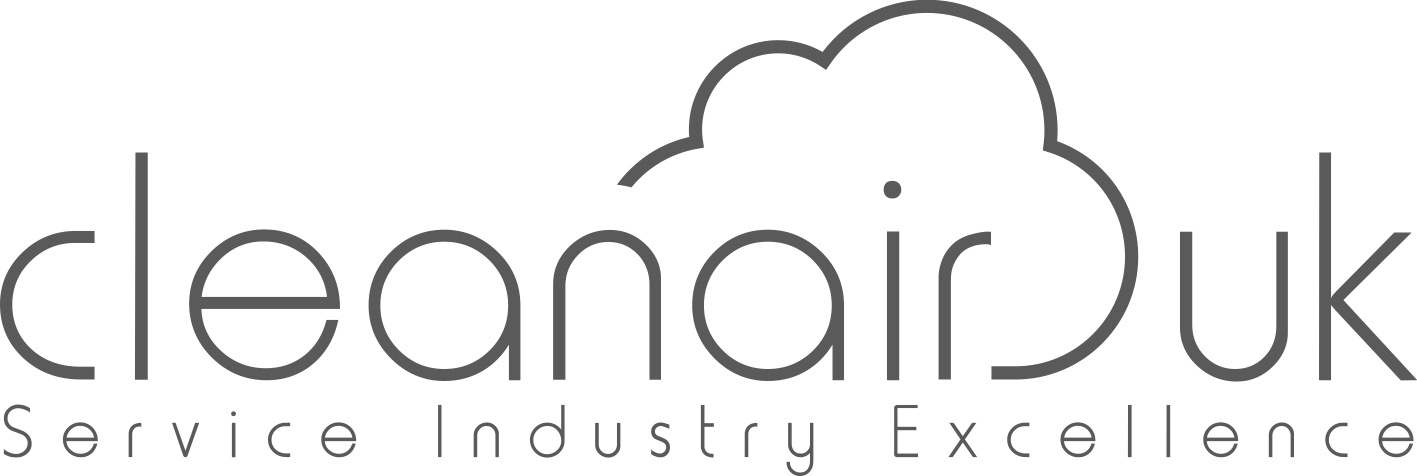Have used Cleanair before to do our kitchen deep clean and were very impressed with their work so asked them to replace our duct for the kitchen extraction. Arrived on time, done the work quickly and efficiently which allowed our kitchen team to carry on with their prep work. I highly recommend them.
Legionella bacteria can cause several pneumonia-like illnesses including the potentially fatal legionnaires’ disease. Anyone is at risk of contracting this disease, but there are several factors that increase susceptibility:
- people over 45 years old
- heavy drinkers and smokers
- people who have kidney illnesses
- people with compromised immune systems
- people suffering from chronic respiratory diseases
Small populations of Legionella pneumophila are present in natural water systems like reservoirs, rivers and lakes. They can also sometimes be found in purpose-built systems that people often access.
Given favourable conditions, the risk of legionnaires’ disease increases with the growth of the bacteria. The Control of Legionella bacteria in water systems (L8) outline measures to mitigate this.



